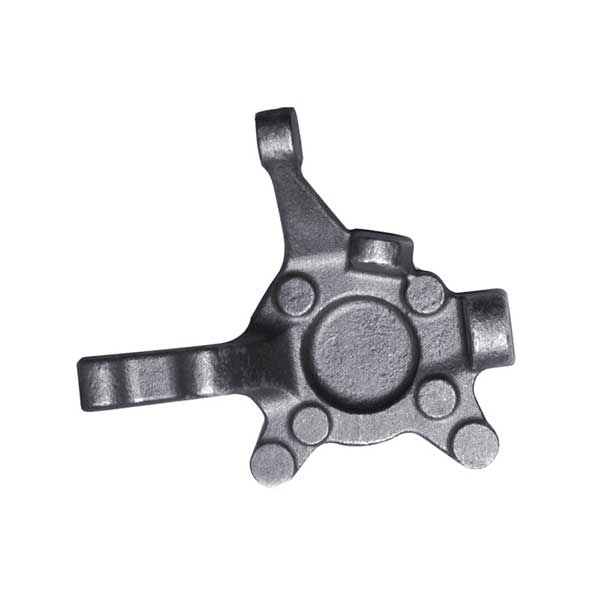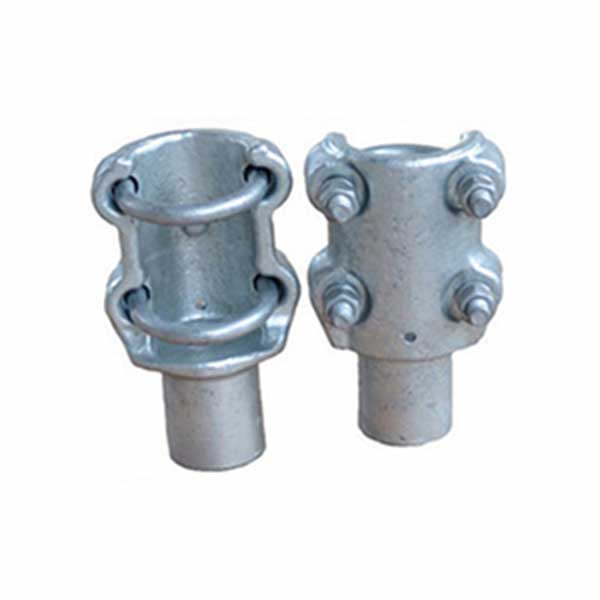Ring forging is a manufacturing process used to produce seamless rings with desired dimensions and properties. It involves the shaping of metal through localized compressive forces applied to a heated workpiece. Here is an overview of the ring forging process:
Material Selection: The process begins with selecting the appropriate material for the desired ring. Common materials used in ring forging include carbon steel, alloy steel, stainless steel, and various non-ferrous metals.
Billet Heating: The selected material is heated to a specific temperature range, typically above its recrystallization temperature, to improve its plasticity and make it easier to shape. Heating can be done in furnaces or using induction heating methods.

Preforming: Once the billet reaches the desired temperature, it is placed on a die and subjected to an initial shaping process. Preforming can be performed using various techniques, such as open die forging, closed die forging, or rolling.
Ring Rolling: The preformed billet is then moved to a ring rolling machine, which consists of two or more rotating rolls. The rolls exert pressure on the billet to deform it into the desired ring shape. The process is typically conducted at elevated temperatures to reduce the forging forces and enhance material flow.
Ring Expansion: If necessary, the ring may be subjected to additional expansion processes, such as mandrel expansion or radial-axial rolling, to achieve the desired dimensions, thickness, and contour.

Heat Treatment: After the ring is formed, it undergoes heat treatment processes, such as annealing, normalizing, or quenching and tempering, to improve its mechanical properties, hardness, and strength.
Finishing Operations: The forged ring may undergo additional processes to remove scale, surface defects, or irregularities. These operations can include machining, grinding, or shot blasting to achieve the final desired finish.
Inspection and Testing: The finished ring is subjected to various quality control measures, including dimensional inspections, non-destructive testing (such as ultrasonic or magnetic particle testing), and mechanical property testing to ensure it meets the required specifications and standards.
Ring forging can produce rings of various sizes and complexities, ranging from small precision rings to large industrial components. The process offers several advantages, including improved mechanical properties, enhanced structural integrity, and cost-effectiveness compared to other manufacturing methods.
It’s important to note that the specifics of the ring forging process may vary depending on factors such as the material, size, and complexity of the ring being produced, as well as the equipment and techniques employed by the forging facility.


